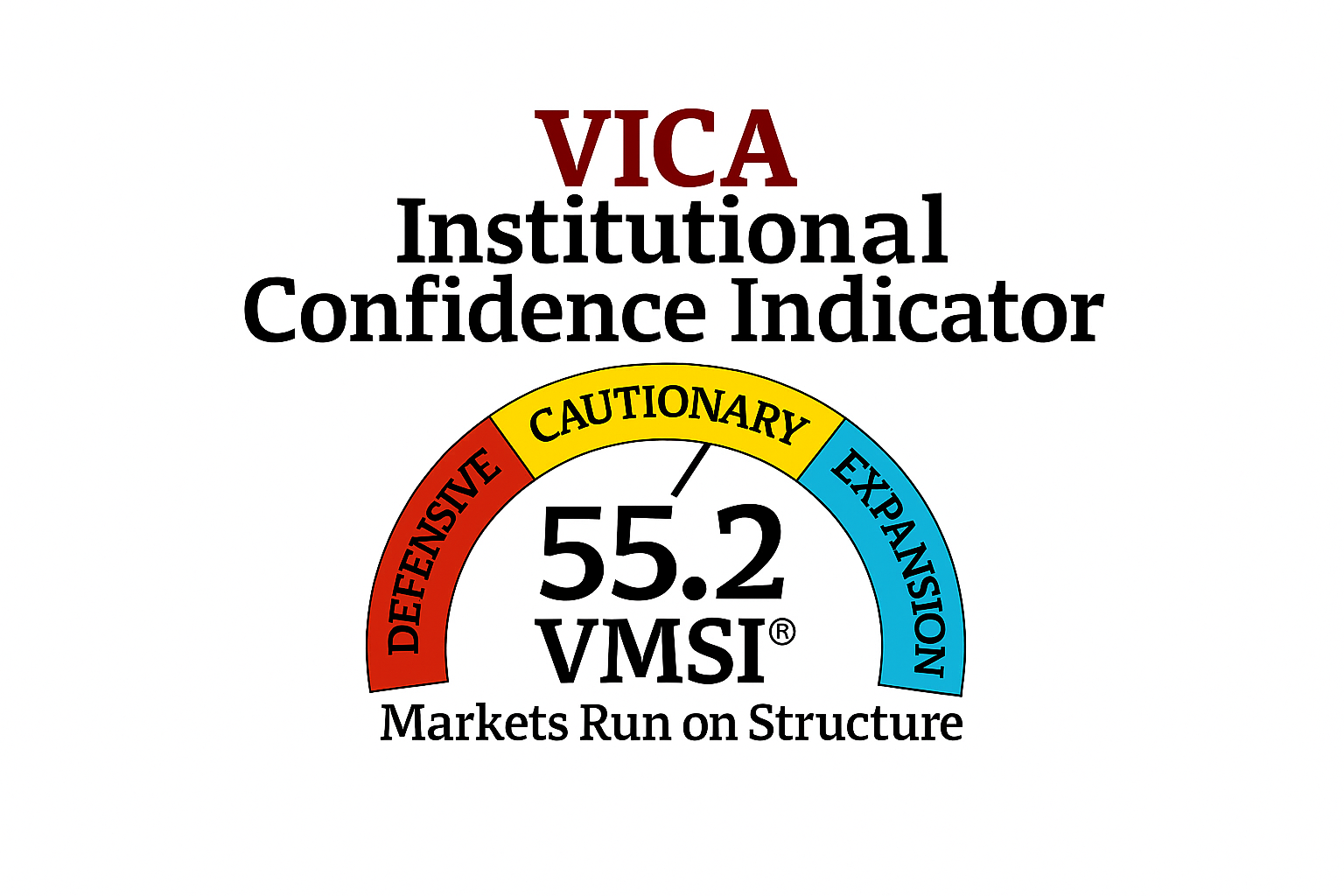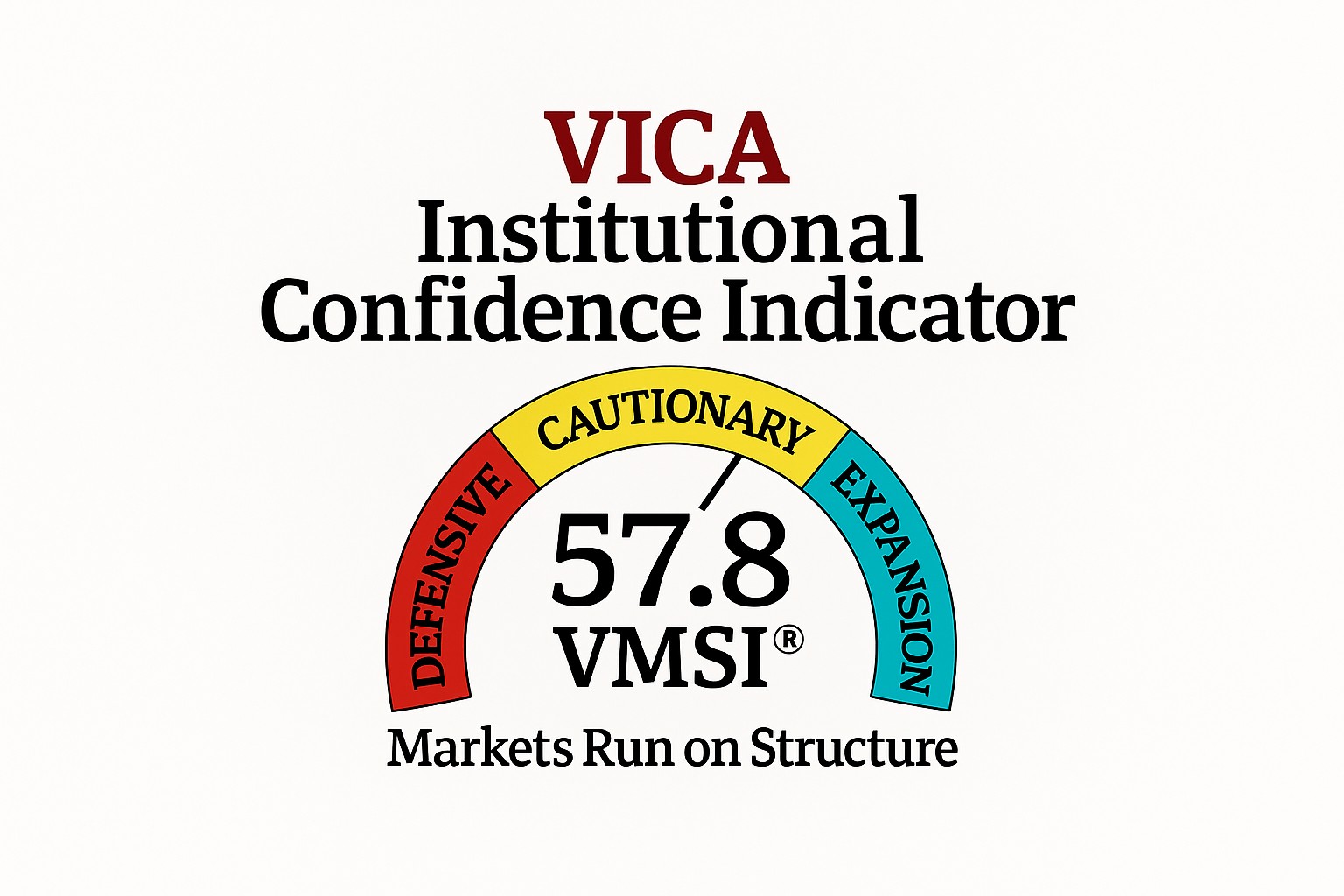INVESTOR SERIES
The Federal Reserve seeks to control inflation by influencing interest rates. In order to bring down and control inflation, the Fed engages in an open market sale of bonds, decreasing the money supply and raising the interest rate.
Central banks use several methods, called monetary policy, to increase or decrease the amount of money in the economy.
- The Fed can increase the money supply by lowering the reserve requirements for banks, which allows them to lend more money.
- By raising the banks’ reserve requirements, the Fed can decrease the size of the money supply.
- The Fed can also alter short-term interest rates by lowering (or raising) the discount rate that banks pay on short-term loans from the Fed.
- Lower rates increase the money supply and boost economic activity; however, decreases in interest rates fuel inflation.
The Fed can affect the money supply by conducting open market operations
In open operations, the Fed buys and sells government securities in the open market
- If the Fed wants to increase the money supply, it buys government bonds. This supplies the securities dealers who sell the bonds with cash, increasing the overall money supply.
- If the Fed wants to decrease the money supply, it sells bonds from its account, thus taking in cash and removing money from the economic system. Adjusting the federal funds rate is often a volatile economic event.
Inflation targeting at 2%
Inflation targeting is a monetary policy where the central bank sets a specific inflation rate as its goal. The central bank does this to keep prices and consumer spending stable.
The Federal Reserve has not established a formal inflation target, but policymakers generally believe that an acceptable inflation rate is around 2 percent or a bit below. Flexible average inflation targeting (FAIT), under this 2021 FAIT strategy, the Federal Reserve seeks to control inflation at 2%.
BACK TO BASICS
The real effects if inflation is too high…
Inflation erodes purchasing power, an overall rise in prices over time reduces the purchasing power of consumers, since a fixed amount of money will afford consumers less.
Consumers lose purchasing power whether inflation is running at 2% or at 4%; they just lose it twice as fast at the higher rate.
Yes, higher interest rates do lower inflation
Higher interest rates mean higher borrowing costs, people will eventually start spending less. At higher prices the demand for goods and services drops, which in theory will cause inflation to fall.
The main cause of inflation 2022 were supply chain issues
Supply chain issues, from product shortages resulting from the global supply-chain problems, largely caused by the COVID-19 pandemic, the war in Ukraine and the presence of a strong labor market.
What to expect for the remainder of 2022
So far Fed Rate Hikes in 2022…
The Fed has raised interest rates three times this year. The pandemic’s shutdown of the economy had kept rates near zero before the Fed increased rates by a 0.25 percentage point in March, the first hike in more than three years.
In July the Fed hiked interest rates by 0.75 percentage point. St. Louis Fed President James Bullard said he expects another 1.5 percentage points or so in interest rate increases this year.




